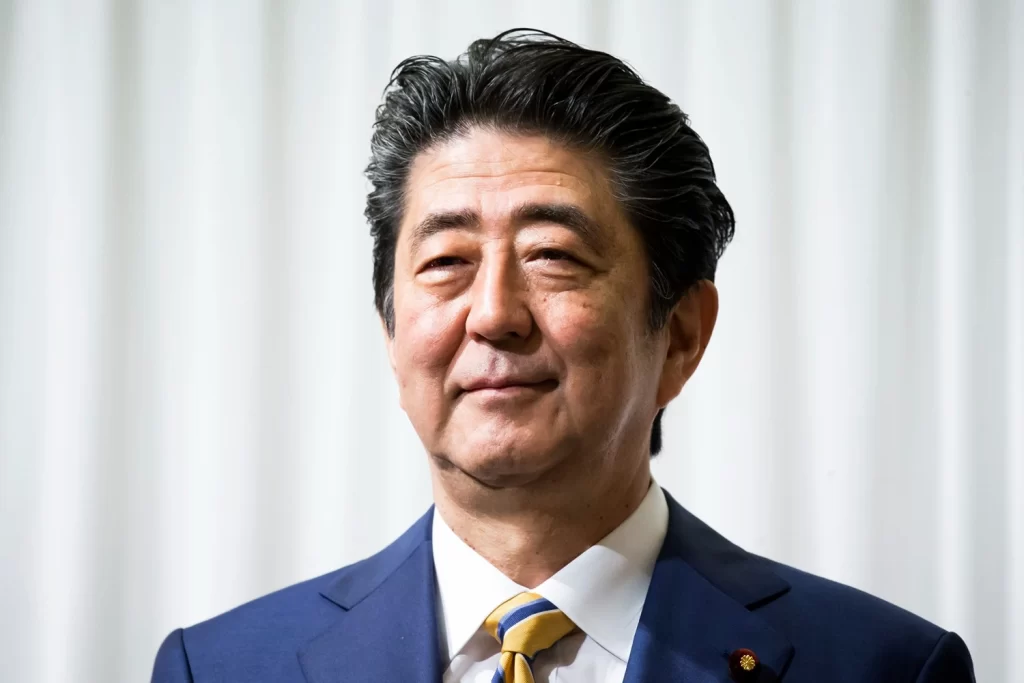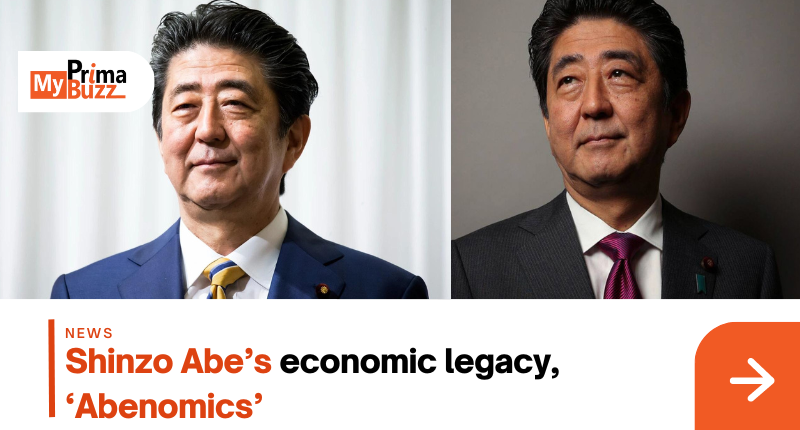Japanese Prime Minister Shinzo Abe was shot dead during an election campaign. Due to the collapse of the asset bubble, Abe sought to revive Japan’s economy. Shinzo Abe’s strategy has 3 main parts, namely loose monetary policy, fiscal stimulus and structural reforms.
Abe’s era had ultra-low interest rates. The policy aimed to boost productivity by cutting taxes. Women, seniors and immigrants were encouraged to participate in the workforce to resolve the country’s ageing workforce. During Abe’s tenure, export of the country rose and the unemployment rate dropped to its lowest in decades.
Shinzo Abe’s economic legacy, ‘Abenomics’

Besides, Japan recorded eight consecutive growth from 2015 to 2017. However, the growth is not impressive compared to the economic expansion after World War II. Abe failed to achieve his goal of boosting the country’s GDP to 600 trillion yen by 2020.
According to Min Joo Kang, a senior economist at ING, Abe’s economic policy protected the Japanese economy from a sharp downturn. Jeffrey Halley, a senior market analyst for the Asia Pacific, said that the lack of progress was not because it is a wrong strategy, but because of the failure of the government to fully execute the required strategies of ‘Abenomics’.
Abe’s immediate successor, Yoshihide Suga, pledged to continue Abenomics. However, Japanese current Prime Minister Fumio Kishida distanced himself from the strategy and sought to attune to the gap between the rich and the poor.

